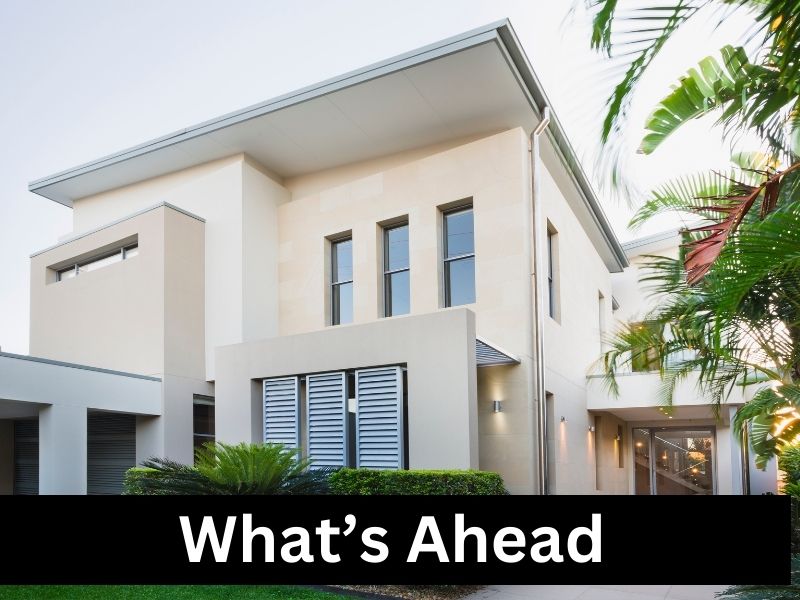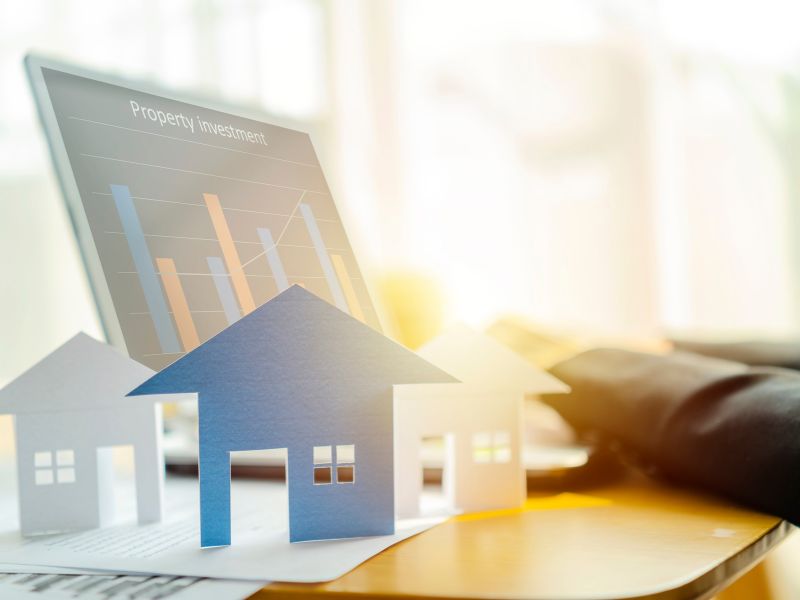What’s Ahead For Mortgage Rates This Week – January 22nd, 2024
 The following week of CPI and PPI reports are typically lighter, with this week showing the same trend. There are a number of interesting interim reports that are worth noting however, including the Federal Reserve’s Beige Book which indicates the labor market has been cooling across most of the country. Following up is the Consumer Sentiment Reports, which is an excellent indicator for how the average consumer feels about their buying power, reflecting on the current economic conditions. Slower inflation, cheaper gas and a healthy economy have boosted optimism. Lastly, retail sales reports showing activity in December.
The following week of CPI and PPI reports are typically lighter, with this week showing the same trend. There are a number of interesting interim reports that are worth noting however, including the Federal Reserve’s Beige Book which indicates the labor market has been cooling across most of the country. Following up is the Consumer Sentiment Reports, which is an excellent indicator for how the average consumer feels about their buying power, reflecting on the current economic conditions. Slower inflation, cheaper gas and a healthy economy have boosted optimism. Lastly, retail sales reports showing activity in December.
Consumer Sentiment Report
The numbers: Consumer sentiment jumped in January to the highest level since the summer of 2021, reflecting fresh optimism about the economy as inflation slows and incomes rise.
The preliminary reading of the sentiment survey shot up to 78.8 from 69.7 in December, the University of Michigan said Friday. Two straight strong increases pushed the index to its highest level since July 2021.
Retail Sales
The numbers: Sales at retailers jumped 0.6% in December to cap off a fairly robust holiday-shopping season and underscore the resilience of a still-growing U.S. economy.
Economists polled by The Wall Street Journal had forecast a 0.4% increase.
Primary Mortgage Market Survey Index
• 15-Yr FRM rates saw a decrease by -0.11% with the current rate at 5.76%
• 30-Yr FRM rates saw a decrease by -0.06% with the current rate at 6.60%
MND Rate Index
• 30-Yr FHA rates seeing a 0.15% increase for this week. Current rates at 6.15%
• 30-Yr VA rates seeing a 0.16% increase for this week. Current rates at 6.17%
Jobless Claims
Initial Claims declined to 187,000 compared to the expected claims of 208,000. The prior week’s count was 203,000.
What’s Ahead
Next week boasts a number of larger employment rates which come at a quarterly pace. There is also the very large Fed Rate Decision for the first quarter which strongly determines how most lending partners and markets as a whole will view things going forward. There is a lot of optimism for rate cuts this year.

 Embarking on the journey of homeownership is an exciting and significant step in one’s life. One crucial aspect of this process is the down payment, which can greatly influence the terms of your mortgage. In this blog, we will delve into various down payment options and examine how they can impact your mortgage terms.
Embarking on the journey of homeownership is an exciting and significant step in one’s life. One crucial aspect of this process is the down payment, which can greatly influence the terms of your mortgage. In this blog, we will delve into various down payment options and examine how they can impact your mortgage terms. In the rapidly evolving landscape of real estate, smart homes are emerging as a transformative force, reshaping the way we live and interact with our living spaces. Automation and technology have become integral components of modern homes, offering unprecedented levels of convenience, efficiency, and sustainability. This article delves into the burgeoning realm of smart homes, exploring the impact of automation and technology on the real estate industry and the future trends that promise to redefine our concept of home.
In the rapidly evolving landscape of real estate, smart homes are emerging as a transformative force, reshaping the way we live and interact with our living spaces. Automation and technology have become integral components of modern homes, offering unprecedented levels of convenience, efficiency, and sustainability. This article delves into the burgeoning realm of smart homes, exploring the impact of automation and technology on the real estate industry and the future trends that promise to redefine our concept of home.